Trace elements can often be bounded about by the industry as a ‘cure all’. On regular occasions in clinical practice situations are encountered where farmers have treated their sheep for trace element deficiency without clinical indication or testing. Sheep will often seek out a trace element if they are deficient in it (Figure 1). This article examines the individual trace element deficiencies that are often encountered in practice and aims to improve farmer/veterinary surgeon engagement when discussing them. These are all outlined in Table 1. The term ‘essential mineral element’ is restricted to a mineral that has been demonstrated to have an essential metabolic role in the animal's body
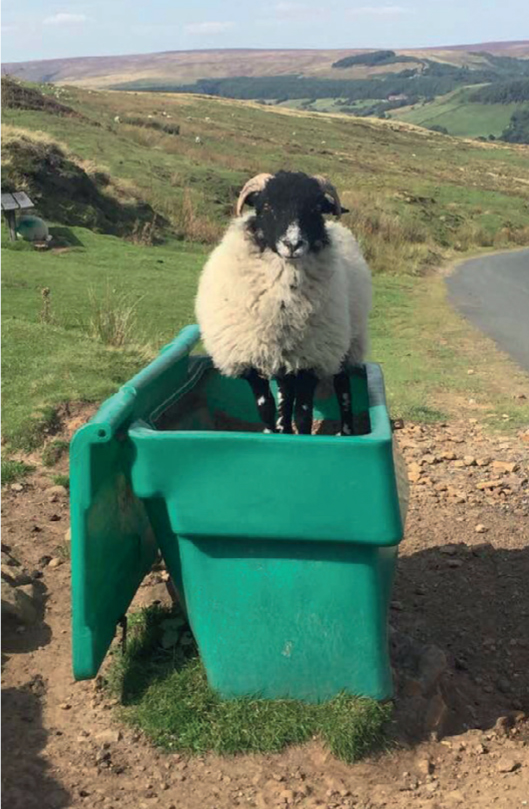
Table 1. Commonly encountered mineral elements, the clinical symptoms of the deficiencies and the clinical signs
| Mineral element | Role | Effect of deficiency |
|---|---|---|
| Copper | Haemoglobin synthesis; enzyme systems; pigmentation | Anaemia, poor growth, loss of hair pigment; swayback |
| Cobalt | Component of vitamin B12 | Pine (emaciation, anaemia, listlessness) |
| Iodine | Thyroid hormones | Goitre, hair loss, weak or dead lambs |
| Manganese | Enzyme activation | Retarded growth, skeletal abnormality, ataxia |
| Zinc | Enzyme component and activator | Parakeratosis, poor growth, depressed appetite |
| Selenium | Vitamin E and iodine metabolism; immune function | White muscle disease, ill thrift, infertility |
It is important to remember that forage will be the main component of most sheep diets. The mineral and trace element status of this forage will vary considerably depending on factors such as the type of forage, the weather conditions, the stage of growth of the forage and the mineral status of the soil. Forage trace element analysis can be a useful component for mineral audits, but should not be used alone to gauge the animal's mineral status; laboratory testing is required for this either through blood samples or liver biopsy in the case of copper testing.
Copper
Copper is an essential part of many enzymes in the body and without it, the body is unable to properly function (Table 2). There are approximately 300 copper-binding proteins that exist in animals. Sheep can suffer both from copper toxicity and deficiency (e.g. swayback). The amount of copper that can be absorbed from the diet varies greatly and antagonism from other elements plays an important role. The main antagonists to copper are iron, molybdenum, zinc, manganese, sulphur and calcium. The effect of molybdenum on copper is complex and it is thought that the element only exerts a limiting effect on copper retention when in the presence of sulphur. Copper absorption occurs in the duodenum where it enters enterocytes through active transport. The main transport protein is ceruloplasmin which is produced by the liver at a steady rate and consists of approximately 90% of serum copper.
Table 2. Major enzymes affected by copper deficiency and their functions
| Enzyme | Function |
|---|---|
| Ceruloplasmin | Ferrodoxidase |
| Seperoxide dismutase | Antioxidant |
| Cytochrome c oxidase | Electron transport chain |
| Lysol oxidase | Cross-linking collagen and elastin |
| Tyrosinase | Formation of melanin |
| Dopamine beta-monooxygenase | Catecholamine production |
| Peptidylglycine monooxygenase | Neuropeptide processing |
| Clotting factors V & VIII | Blood clotting |
| Metallothionein | Cu sequestration |
| Hepheastin | Iron transport from intestines |
In terms of the level of copper that is present in the diet, this will vary depending on soil copper level, drainage conditions and herbage species, for example, seeds and seed by products are high in copper while straw has virtually none (McDonald et al, 2011). In addition, the copper level of milk is low. The major factor in terms of the absorption of the copper from the diet is interactions with other elements mainly molybdenum. The mechanism by which molybdate and sulphate in the diet limit the absorption and storage of copper in the liver of ruminants is, first, the reduction of sulphate to sulphide by the ruminal microorganisms, and second, the reaction of this sulphide with molybdate to form thiomolybdates which in turn combine with copper to form the insoluble copper thiomolybdates thereby limiting the absorption of dietary copper (Dick et al, 1975).
As well as swayback in neonatal lambs if the ewes are affected by deficiency in mid-gestation, it is well documented in growing lambs that copper deficient animals will present with a poor fleece without the natural crimp of the wool (McDonald et al, 2011). There can be poor growth rates, anaemia and susceptibility to infections (Scott, 2013). Treatment/prevention of deficiency include oral boluses and drenches and copper injections. Free access minerals should not be recommended for copper due to the potential risks for toxicity.
If the diet is excessive in copper, the excess is stored in the liver and high levels can cause death through liver failure. After transfer across the intestines, copper enters the hepatic portal vein with approximately 40% copper being absorbed into the liver in each pass through the liver. There are three main pools of copper in the liver:
- Storage — mainly in metallothionein
- Excretion — mainly transported into bile
- Transit — enters enzymes.
With copper toxicity, it is a cumulative poison and there is gradual accumulation of copper into the liver until the level reaches about 8000–10 000 umol/kg dry matter (DM) or parts per million (ppm). Chronic copper poisoning results in necrosis of the liver cells, jaundice (Figure 2), loss of appetite and death from hepatic coma. There is a leakage of liver enzymes such as glutamate dehydrogenase (GLDH) and aspartate amintotransferase (AST) into the blood system and then eventually there is a massive release of copper into the blood stream and haemolysis. There is also a genetic component to the susceptibility with Scottish Blackfaces being the least susceptible and Texel's and other continental breeds being the most (Scott, 2013). The EU maximum allowed level of copper in sheep feeds is 15 mg/kg (McDonald et al, 2011). This has been recently been reviewed by the EU, but in sheep the level will be maintained (All about feed, 2018).
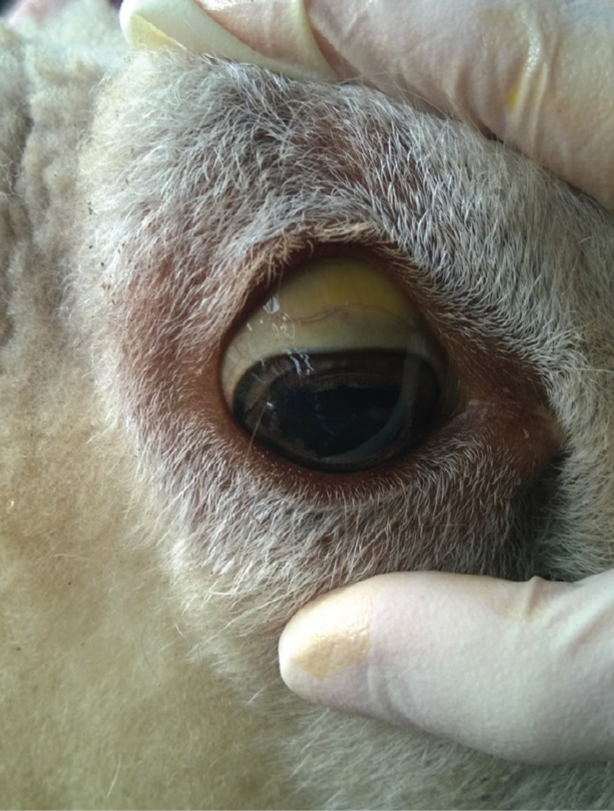
Cobalt
Cobalt is used by the rumen microorganisms to produce vitamin B12 which is essential for energy metabolism. Vitamin B12 is required for the synthesis of glucose from propionate and the biosynthesis of methionine from homocysteine. The symptoms of deficiency in lambs include a decrease in appetite and ill thrift where the lambs ‘pine’ away, hence the common name for the deficiency (Figure 3). Various other symptoms of deficiency have been described. Suttle (2010) demonstrated that cobalt deficiency leads to reduced immunity and decreased lamb viability. Fisher (1991) demonstrated that ewes affected by cobalt deficiency produce fewer lambs, have a higher level of stillbirths and a higher level of mortalities in new-borns. Another effect of the deficiency is a reduction in fertility of the ewes. Mitchell (2007) demonstrated that ewes with cobalt deficiency have a reduced number and quality of ovum which will have a negative effect on barren ewe rates. Vitamin B12 is secreted in milk which provides an early source to lambs which are still suckling until the 8th day of life (Ramos et al, 1994). Cobalt itself is only required as the rumen develops (AHDB, 2011) and deficiencies are often not seen until after weaning.
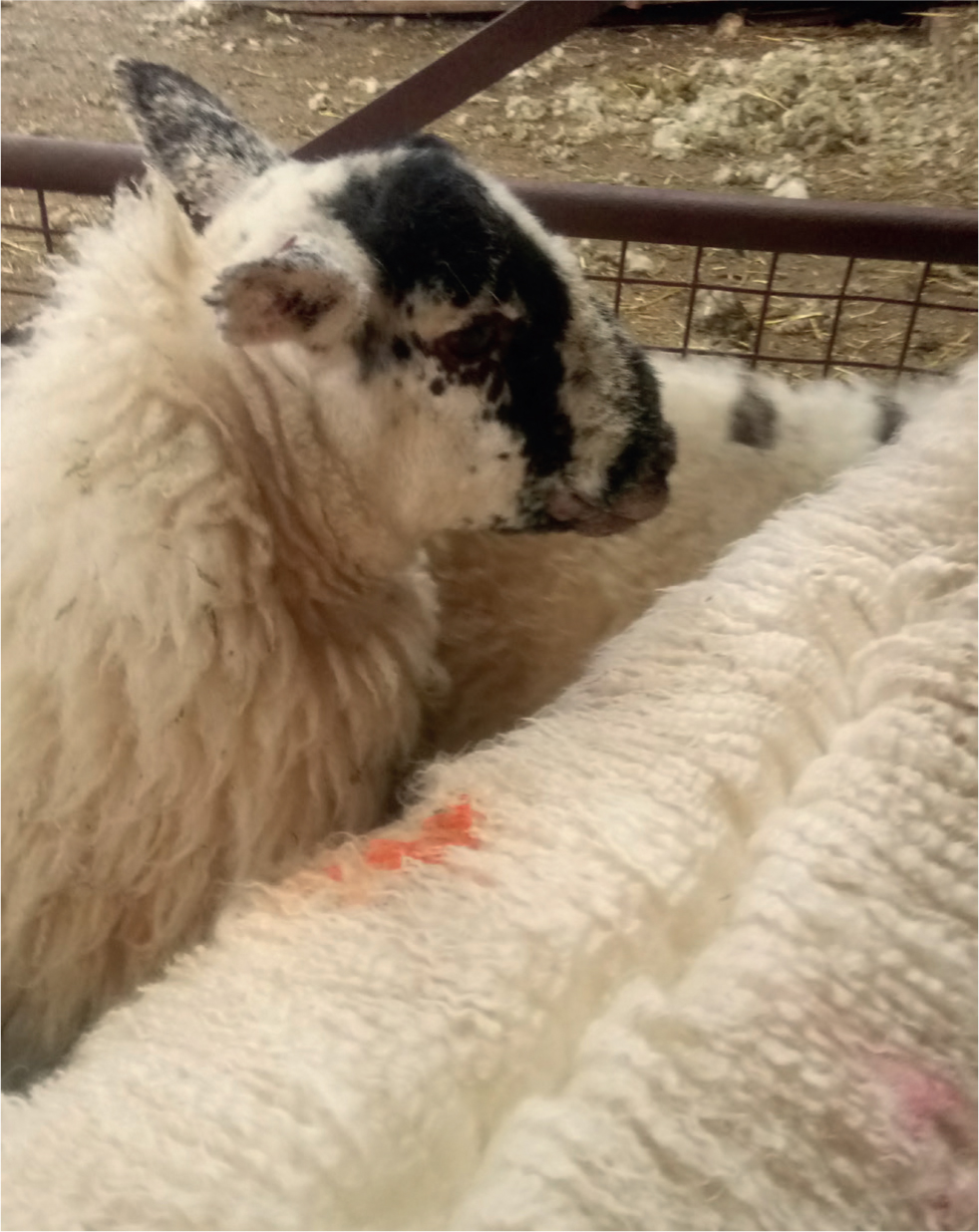
Fisher and MacPherson (1991) demonstrated that the lambs from subclinically cobalt deficient sheep had a decreased pre and post-natal viability. There was a decreased number in the prospective lambing rates from the scanning rates due to an increased number of abortions and reabsorptions. The effect on post-natal lamb viability appeared to be related partly to the sheep's ability to resist infection before lambing and the ability of the lambs to resist infection post-partum. This is related to a reduction in lamb vigour in the lambs from cobalt deficient sheep, these lambs took on average at least twice as long to start. Thus the lambs from cobalt deficient sheep will have a decreased energy supply and ability to resist infection due to lack of passive transfer from colostrum.
When ‘pine’ occurs, it is most commonly seen in grazing lambs after weaning. Signs usually observed are lethargy, poor appetite, poor quality fleeces with open wool, and lambs that are small in size and poor body condition despite adequate nutrition. They can also present with epiphora and staining of the cheeks. When the sheep are in the later stages of the disease, they can have pale mucus membranes. Ovine white liver disease can occur when deficiency is severe and occasionally has secondary encephalopathy symptoms (Scott, 2013).
Ruminants have a higher requirement for vitamin B12 than other animals due to the metabolism of propionic acid produced by the rumen microorganisms. Also, some of the vitamin is wasted in microbial synthesis of organic compounds with no physiological activity in the host's tissue. Vitamin B12 is poorly absorbed from the digestive tracts of ruminants hence why B12 injections play a vital role in treatment of deficiencies.
Prevention/treatment of deficiencies include boluses and oral drenches, and injections, both long- and short-acting. Long-acting SMARTshot® (Virbac) is available on import licence from New Zealand. The length of action of this product is up to 6 months with a 1 ml injection and can be given to lambs from 3 weeks of age. In ewes levels can be maintained form 180 days with a 5 ml dose. Short-acting B12 injections such as Vitbee® (Dechra) are also available in the UK and treatment intervals will depend on the level of deficiency; it has been the author's experience that on farms with severe deficiency, these may need repeating every 2 weeks. Pasture dressing and mineral licks are also possible, but pasture dressing is expensive, and with free minerals it is difficult to determine each individual sheep's intake. Cobalt compounds do present a human health risk and therefore handling of cobalt should be done with some care.
Treatment of cobalt deficiency is more quickly affected by a combination of intramuscular injection of vitamin B12 and drenching with up to 1 mg/kg bodyweight cobalt sulphate. Cobalt boluses which lodge in the reticulum provide a continuous supply of cobalt and are a good management tool. Production losses from poor growth and delays to market due to cobalt deficiency may cost £10–15 per lamb (NADIS, n.d.). Table 3 outlines the various methods of supplementation.
Table 3. The available methods of correction of problem/supplementation
| Method of supplementation | Length of action | Advantages/disadvantages |
|---|---|---|
| Oral drench | 7 days | Cost effective but short acting |
| Intramuscular vitamin B12 | 3–4 weeks | Pine (emaciation; anaemia; listlessness) |
| 6–12 month long acting injection available from New Zealand (Smartshot®, Virbac) | Cost effective, labour intensive in terms of handling sheep, risk of injection site problems | Goitre; hair loss; weak or dead lambs |
| Rumen bolus | Several months depending on bolus | Risk of bolus injuries, cost effective in adult sheep but less so in lambs for slaughter |
| Pasture dressing with cobalt sulphate at rate of 2 kg/ha every third year | Supplements as long as being forage/grazing being eaten | Not cost effective in UK |
| Selenium | Vitamin E and iodine metabolism; immune function | White muscle disease; ill thrift; infertility |
Selenium
Selenium acts synergistically with vitamin E in protecting the sheep's tissues against oxidative damage and breakdown of cell membranes; it also plays an essential role in immune function. If there is a deficiency in either selenium or vitamin E, white muscle disease can occur. The risk of this happening can be made worse by oxidative stress, such as exposure to the cold, increased levels of muscular exercise, and dietary polyunsaturated fatty acids such as those found in spring grass (Suttle, 2010).
Congenital white muscle disease has been reported in lambs that are stillborn or die soon after birth from starvation. White muscle disease is usually seen in animals which are rapidly growing, between 2 and 6 weeks old. Faster growing meat breeds of sheep seem to be more commonly affected, in the author's experience. Clinical signs can start with a sudden onset stiffness while the lamb remains bright and sucking well. This then progresses into recumbency and eventually death if left untreated. Stress, such as recent handling or turnout onto new pasture, can exacerbate the condition (Scott, 2013).
Prevention/treatment of the deficiency includes oral drenches and boluses, injections such as Vitesel® (Norbrook) and boluses.
Iodine
Iodine is used in the synthesis of two hormones: triiodothyronine (T3) and tetraiodothyronine (T4). When iodine is deficient, T4 production decreases significantly and it is possible to find a goitre due to hypertrophy of the thyroid gland. Lambs from ewes deficient in iodine can be born hairless, weak or stillborn. Fertility in the rams can be decreased, and there may be suppressed oestrus (Scott, 2013). The poor fleece quality in lambs can lead to them dying from hypothermia (Scott, 2013).
Goitrogenic foods will exacerbate the deficiency especially brassicas including: cabbages, kale, rape, soya beans, linseed, peas and groundnuts.
Prevention of iodine deficiency includes oral drenching with potassium iodine and iodine boluses, as well as mineral licks.
Over supplementation and lamb survivability
As well as under supplementation having a detrimental effect on an animal's wellbeing and lamb survival, over supplementation can also have a detrimental effect. Rocke (2015) demonstrated that a supply in the diet of selenium, iodine and cobalt can have adverse consequences on the lamb vigour and an increased mortality.
Hammer et al 2011 found that ewes with a high level of oversupplemetation of selenium had a higher level of mortality in lambs and the lambs that survived were treated more frequently for respiratory and gastrointestinal disease.
McGovern et al (2017) concluded that excess maternal iodine supplementation negatively affected the thyroid hormone status of lambs, leading to possible hypothermia in the lambs and decrease in serum IgG concentration due to reduced absorption of colostrum in the lambs. This has the potential to increase neonatal lamb disease problems and possibly increase the level of neonatal antibiotic usage on farm.
These consequences of over supplementation make the testing and then appropriate supplementation of ewes essential.
Pasture leve
As Table 4 demonstrates, most pastures in the UK are not deficient in minerals and supplementation on farm is not necessary. However, if concerns regarding levels in animals are present then laboratory testing either through blood samples or liver biopsies should be performed prior to any supplementation.
Table 4. Typical levels of the main trace elements in pasture
| Typical levels in pasture | Typical average level in UK pastures | Recommended minimum levels in pasture to prevent deficiency | Recommended level in the total diet | |
|---|---|---|---|---|
| mg/kg DM | mg/kg DM | mg/kg DM | mg/kg DM | |
| Copper # | 2-15 | 8 | 5*/8** | 10 |
| Cobalt | 0.05-0.25 | 0.1 | 0.11*/0.08** | 0.12 |
| Selenium | 0.02-0.15 | 0.07 | 0.05 | 0.1 |
| Iodine | 0.1-0.5 | 0.15 | 0.2^/0.5^^ | 0.5 |
| Manganese | 25-250 | 100 | 25 | 50 |
| Zinc | 20-60 | 50 | 25 | 50 |
Recommended level depends on pasture levels of molybdenum, sulphur and iron.
*Sheep grazing
**Cattle grazing
^growing and dry stock
^^pregnant and lactating stock; DM= dry matter
Testing
In order to accurately assess the trace element status of sheep, blood/tissue levels must be assessed as soil samples and forage analysis, while providing important information for overall mineral audit, do not allow for interactions of trace elements in the body. Table 5 outlines the ideal blood tests and clinical considerations. Forage analysis can provide misleading results and needs to be interpreted with caution (Figure 4).
Table 5. Preferred laboratory tests and clinical considerations
| Trace element | Test recommended | Considerations |
|---|---|---|
| Copper | Copper blood or preferably liver levels | Blood levels do not reflect liver levels until liver stores depleted. Liver biopsy much more accurate indicator of levels |
| Cobalt | Blood vitamin B12 levels | Animals must not be yarded for more than 4 hours or levels can be significantly affected (Figure 5) |
| Iodine | Plasma inorganic iodine (PII) | Very expensive so pooled samples tend to be performed although more accurate than T4. Can be influenced by recent dietary changes |
| Selenium | Glutathione peroxidase (GSH-Px) | Levels can take a while to increase or decrease so important if monitoring changes post supplementation to allow adequate time post treatments |
| Pasture dressing with cobalt sulphate at rate of 2 kg/ha every third year | Supplements as long as being foraged/grazing being eaten | Not cost effective in UK |
| Selenium | Vitamin E and iodine metabolism; immune function | White muscle disease; ill thrift; infertility |
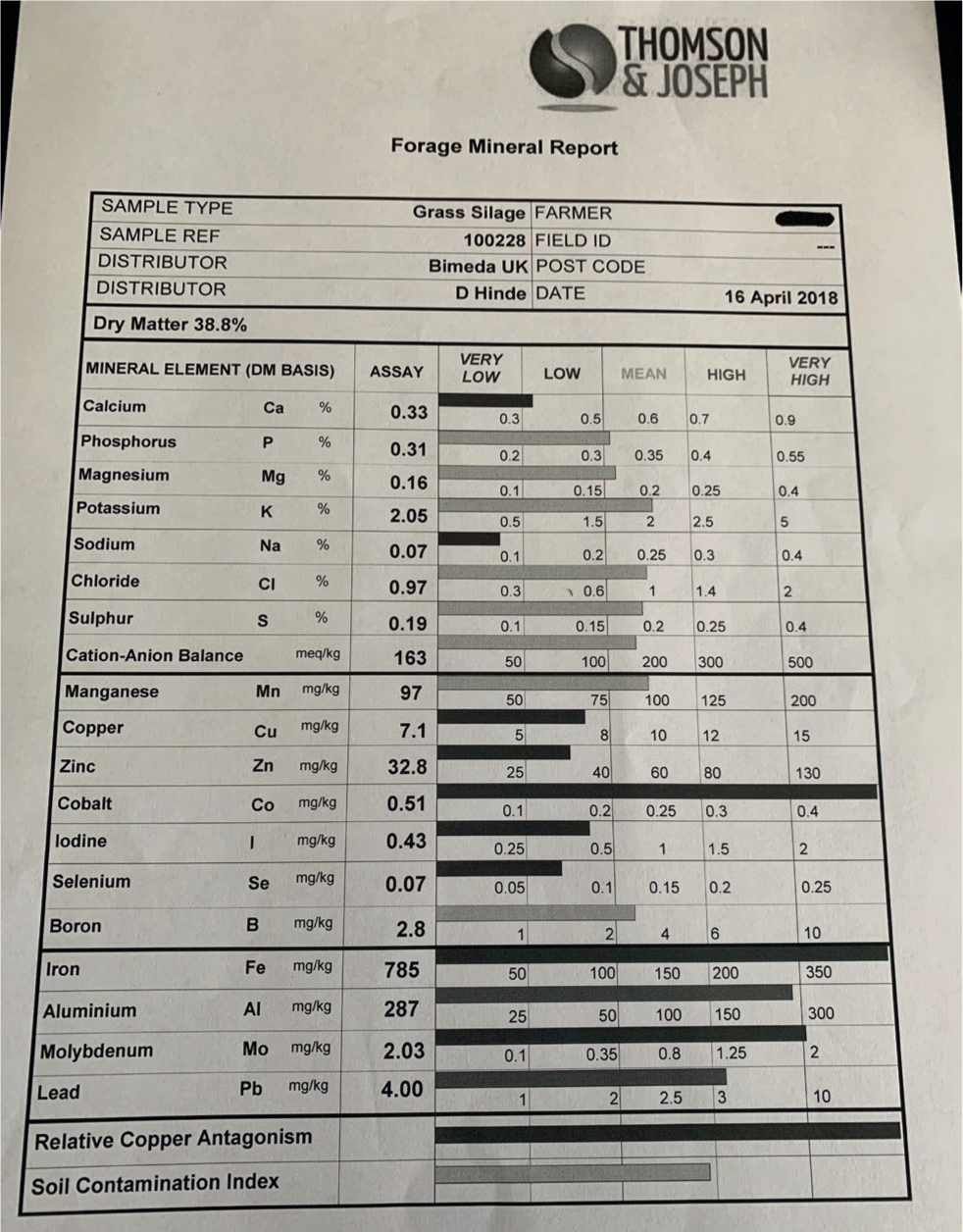
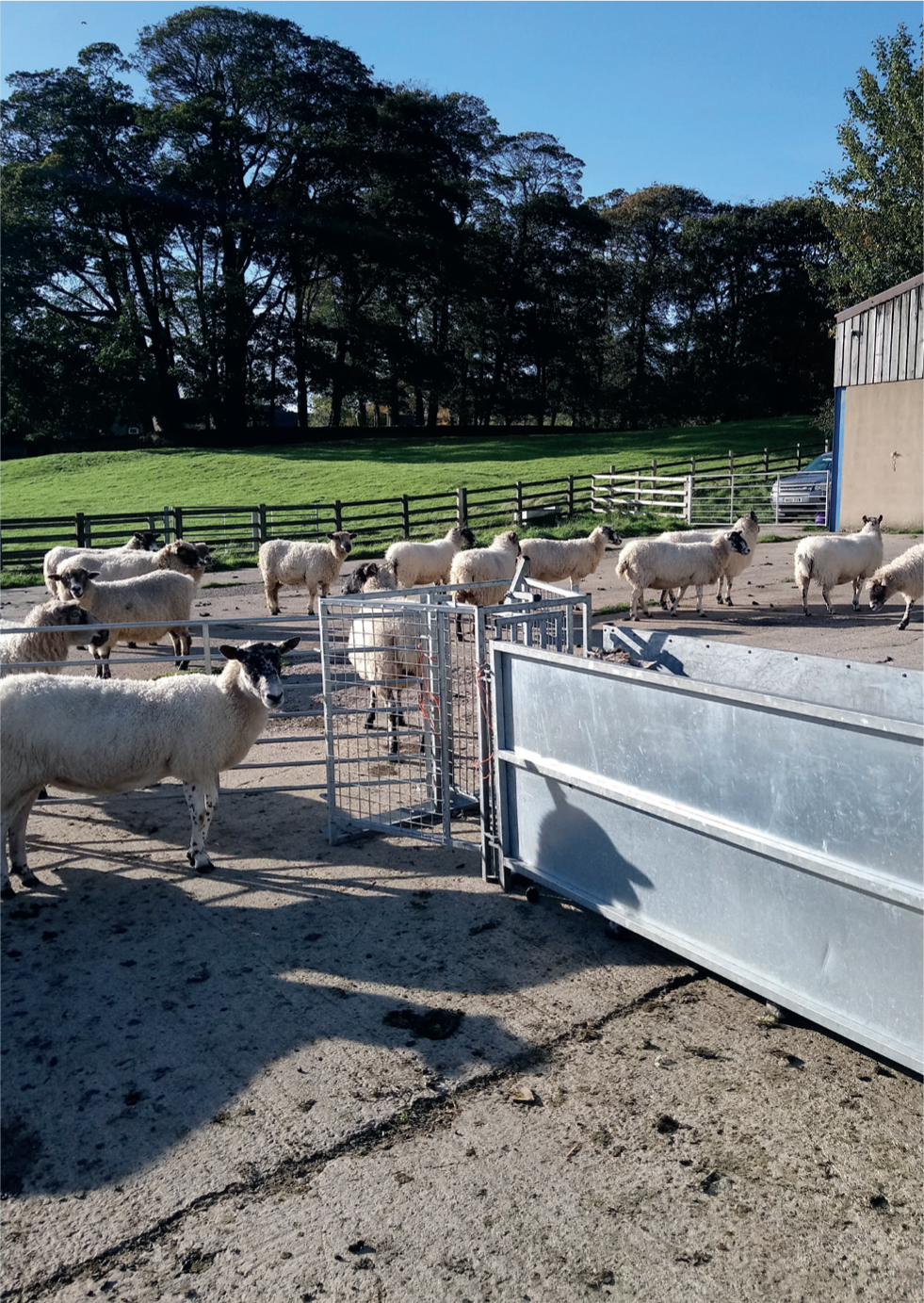
For a general screen of trace elements in ewes, cobalt, iodine, copper and selenium are usually investigated. The selections of ewes should be representative of the flock rather than just ewes in poor body condition, and six sheep are sampled. A jugular blood sample should be taken from each sheep into a clotted tube (red top) and heparin (green top tube).
It has been the author's experience that frustratingly sheep are often presented too late after an event for complete conclusions to be drawn. For example, rather than testing sheep 6–8 weeks prior to tupping for premating trace element bloods, sheep are often presented after poor scanning results, but conclusions as to the trace element status at tupping time cannot be accurately drawn.
Treatments
Table 6 outlines the different options for trace element supplementation and their cost, effectiveness and ease of use. Methods of treatments include:
- Oral treatment including boluses and oral drenches (Figure 6)
- Pasture dressing
- Free access mineral blocks and locks
- Injections (long- or short-acting).
Table 6. Comparison of different methods of trace element supplementation
| Option | Cost £–£££ | Effectiveness *–*** | Ease of use *–*** |
|---|---|---|---|
| Free choice minerals | £ | * | *** |
| In-feed minerals | £ | ** | *** |
| Drenches | £ | ** | ** |
| Injections | ££ | *** | ** |
| Boluses | ££ | *** | * |
| Top dressing pasture | £££ | * | ** |
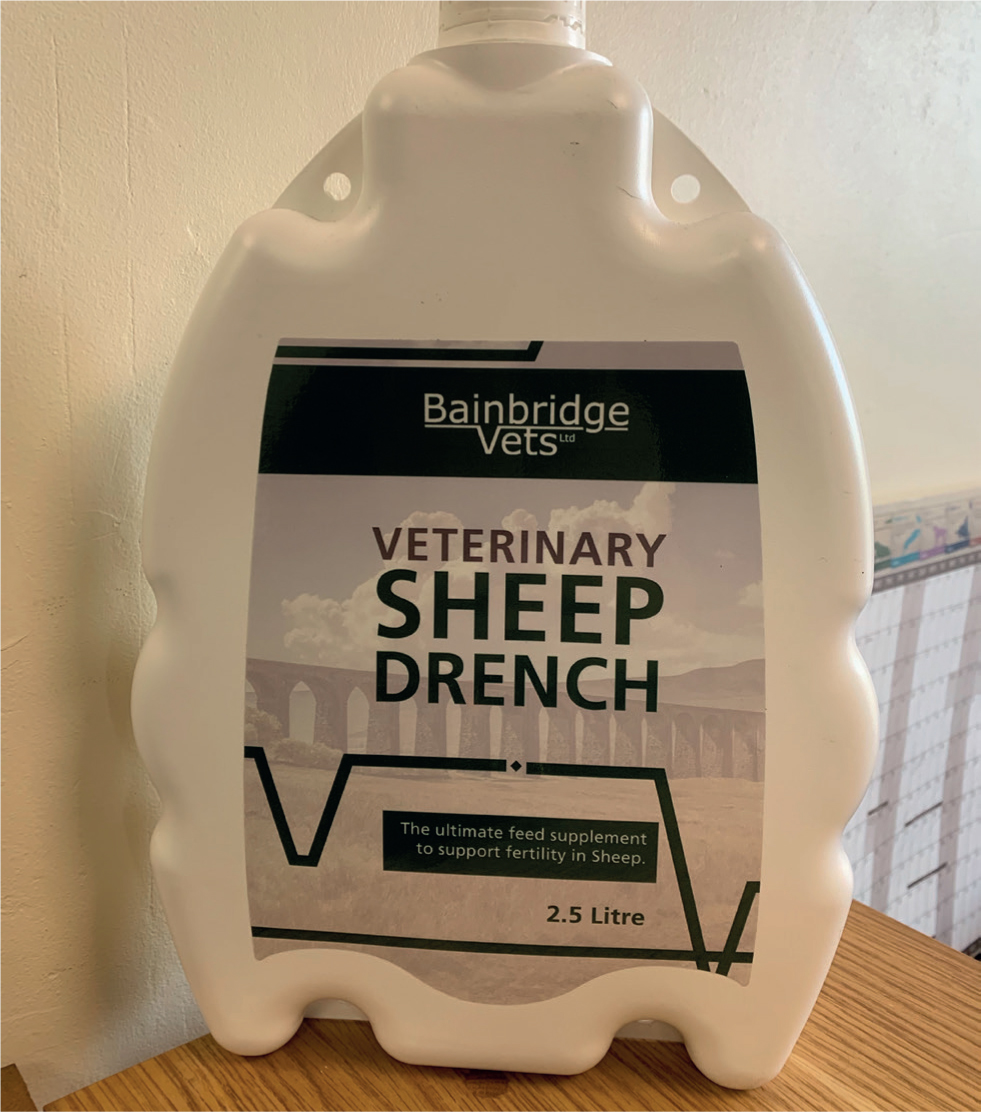
Conclusions
Trace elements and vitamins are essential for healthy sheep with a profitable production cycle. However, it is essential to ascertain the exact status of the sheep before supplementing to allow costeffective and safe supplementation. Over-supplementation of some of the elements can be just as detrimental as under supplementation, and blood sampling of the sheep is the only accurate way of ascertaining the flock's mineral status.
KEY POINTS
- It is essential to accurately ascertain the sheep's trace element status before supplementing.
- Oversupplementation can be just as detrimental to health as under supplmentation.
- There is an opportunity for veterinary surgeons to engage with clients over trace elements through mineral audits and testing of sheep's status.
- Copper, cobalt, selenium and iodine are the main trace elements that affect sheep in the UK.


